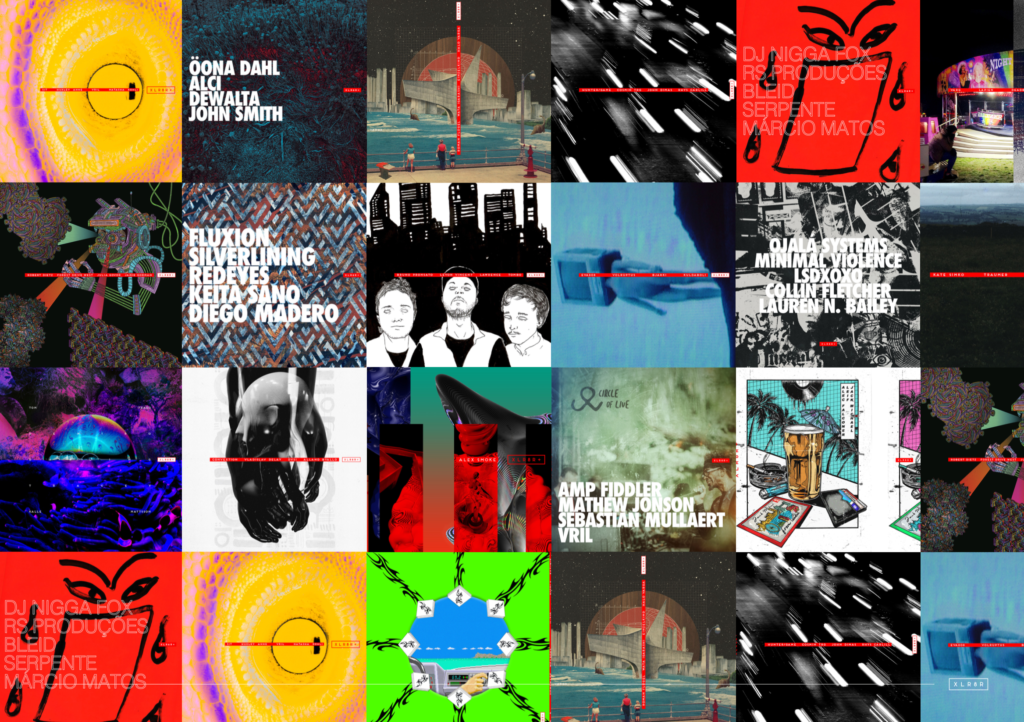Electronic Queer: Broken Silences
In 1994, LA-based artists Dont Rhine and Marco Larsen formed Ultra-red, a collective of musicians […]
Electronic Queer: Broken Silences
In 1994, LA-based artists Dont Rhine and Marco Larsen formed Ultra-red, a collective of musicians […]

In 1994, LA-based artists Dont Rhine and Marco Larsen formed Ultra-red, a collective of musicians and activists that defined the culture-jamming ideals that made mags like Adbusters and artist Shepard Fairey so popular. Since then, Ultra-red has grown to include numerous artists and community organizers from a variety of political struggles. With the help of Eddie Peel and abstract house producer Terre Thaemlitz, Rhine also manages the group’s online archive/digital label, Public Record, which recently released for one of queer culture’s most forward-thinking pieces of audio art, A Silence Broken. After Rhine attended a conference on psychoanalysis and politics with Matmos/Soft Pink Truth producer Drew Daniel-and witnessed the academics’ refusal to accept queer theory as a legitimate political discourse-the two asked a few friends to create music with source material from a queer protest in LA in 2000. Available for free download, A Silence Broken includes artists like Soft Pink Truth, Lesbians on Ecstasy, and Miau Miau TM providing differing, often danceable, takes on the LGBT war cry “Silence Equals Death”-a call to action to fight the AIDS epidemic and build acceptance and awareness of the LGBT community. Below, Rhine fields a few of our questions about the project.
XLR8R: What do you want people to do with this record?
Rhine: Radical, ecstatic, critical bodily engagement. Our struggles begin on the surface of the skin. Spare us the old clichés about “intelligent dance music.” A Silence Broken sees body music as a site for critical engagement… Just because many of us no longer feel like we’re living in an AIDS crisis, does that mean the crisis does not exist? Is ignorance the solution to crisis? Is silence the absence of crisis? Then one day we wake up and we’re told we’ve been infected with HIV, one day we’re told there’s no such thing as anonymous HIV testing, that our names are reported to the federal government, that there’s a cap on free access to AIDS drugs, that there’ll be no cure because the epidemic is too profitable, that abstinence is the only AIDS prevention the government will fund, that the majority of federal AIDS dollars are going to Christian fundamentalists, that AIDS is God’s punishment. And we wonder where the crisis came from.
How does electronic music convey political messages?
Political messages are not the point. I, personally, have little interest in communicating a political point in a piece of music. Rather, I am more interested in how music already activates us socially, sexually, intellectually, aesthetically. I see all these modes of being-structures of feeling, if you will-as having political currency. It is not the case that our politics merely reproduce our modes of being. Rather, it is through these that the conditions for our politics are reproduced. If our art insists on the disavowal of politics, then we get the politics that that disavowal makes possible. Today, that politics is fascism.
How did you go about choosing the participating artists?
These are people who are all struggling with their relationship to the history of struggle. We are colleagues in the politics of pleasure and the aesthetics of politics.
Is A Silence Broken also available for purchase, to support the cause financially?
Buying a record is no substitution for direct action. If people want to support the cause, then take collective direct action to end the AIDS crisis: using whatever dance music kicks your ass, throw your body into the machinery. Begin with wherever you’re at-depression, cynicism, anxiety, or anger-and turn that into a weapon, underneath the dancefloor, [on] the battlefield.

